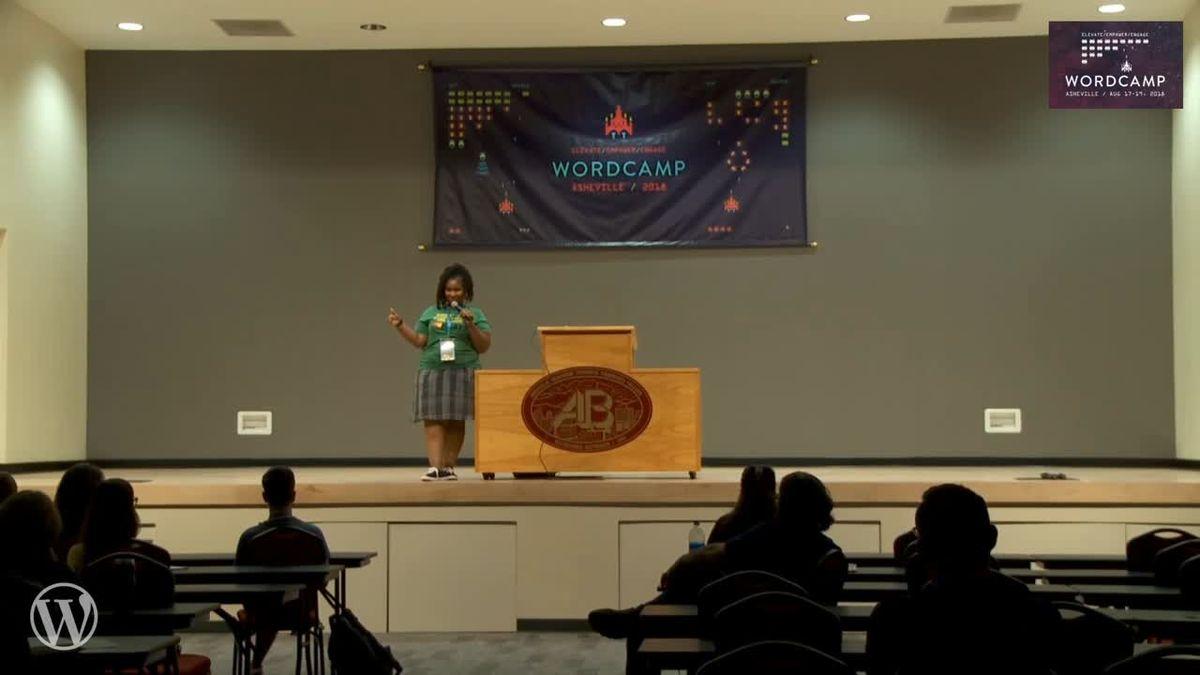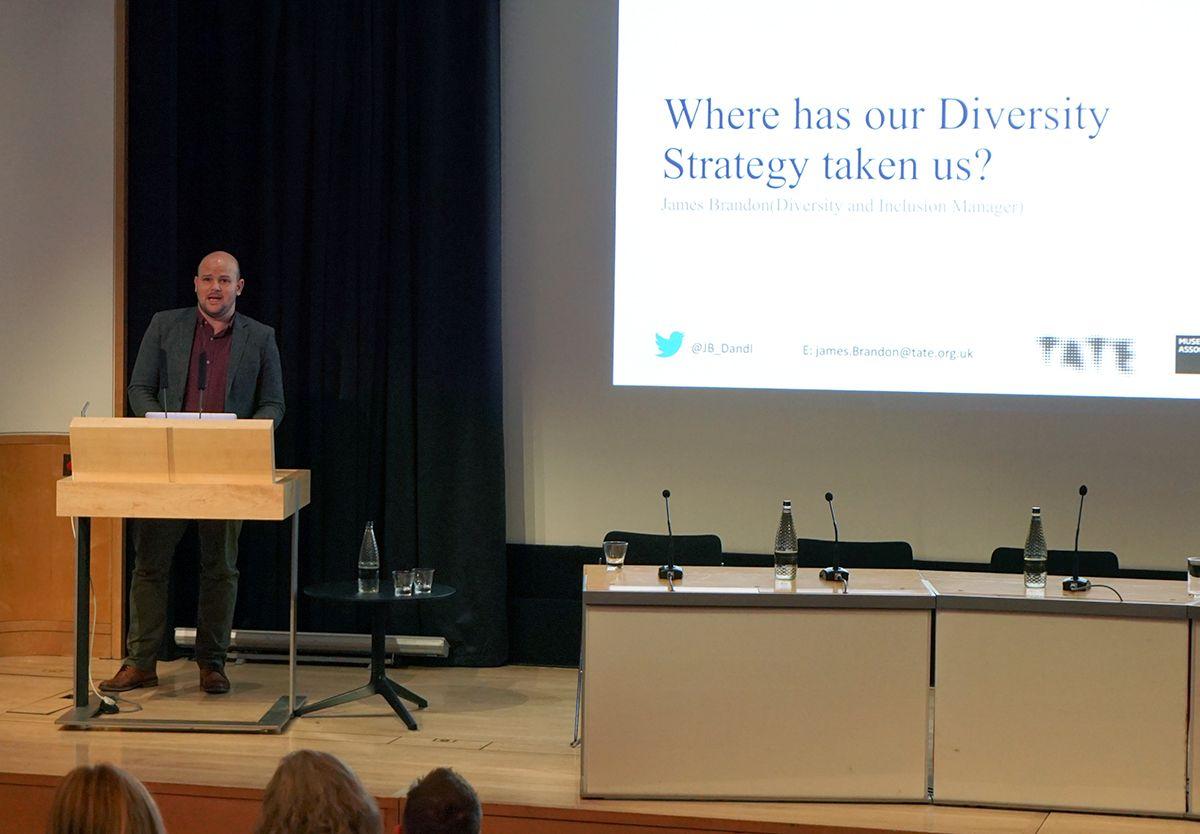The competitive landscape of sales presentations has evolved, and it's no longer just about delivering information; it's about creating experiences that convert listeners into leads. In the article 'Turning Presentations into Profit: Innovative Techniques to Transform Talks into Lead-Generating Engines,' we explore various strategies that can make your presentations more engaging and effective in generating leads. From crafting conversations that captivate to utilizing multimedia for impact, this article provides actionable insights that can transform your talks into powerful tools for business growth.
Key Takeaways
- Engage your audience through open communication and active listening to create a tailored, solution-oriented dialogue that resonates.
- Leverage multimedia, especially video testimonials and social proof, to enhance your message and drive conversions.
- Use webinars as strategic lead-generation tools, combining expert knowledge with real-time interaction and product demonstrations.
- Differentiate your brand by understanding and communicating your unique selling proposition through compelling storytelling.
- Craft memorable sales pitches that incorporate success stories, strategic name-dropping, and hands-on product demonstrations.
Crafting the Conversation: Techniques for Engaging Dialogue

Fostering Open Communication
To transform your presentations into a dialogue rather than a monologue, foster open communication with your audience. This approach is not just about sharing information; it's about creating a two-way street where feedback and ideas flow freely. By doing so, you're not only informing but also engaging your audience, making them feel valued and heard.
- Encourage questions and provide thoughtful answers.
- Create opportunities for audience participation.
- Actively seek out and incorporate audience feedback.
Remember, transparent and open communication is your main fertilizer for employee engagement, satisfaction, and overall positive work culture. It's an opportunity to deepen the relationship with your audience.
After your presentation, continue the conversation. Be proactive in addressing any post-launch issues or concerns. This will demonstrate your commitment to customer satisfaction and build trust in your brand. Sparking conversations and increasing visibility across social platforms can also amplify your message and attract new leads.
Active Listening and Tailored Solutions
To transform your presentations into a lead-generating powerhouse, active listening is your secret weapon. It's not just about hearing your audience; it's about understanding their needs to offer tailored solutions. Here's how you can make it work for you:
- Engage with your audience by asking probing questions that reveal their pain points.
- Analyze their responses to identify opportunities where your product fits in.
- Refine your pitch continuously based on the feedback, ensuring it resonates more each time.
By actively listening, you're not just selling a product; you're providing a solution that feels personal and relevant to your audience.
Remember, a successful pitch feels like a healthy dialogue, not a monologue. Pay close attention to what your audience says, then demonstrate how your product or service addresses their specific issue. This approach not only sets you apart from the competition but also builds trust and credibility with potential leads.
Encouraging Emotional Responses
To truly resonate with your audience, you must tap into their emotions. Craft stories that connect on a personal level, making your brand's mission relatable and your products desirable. Emotional engagement is a powerful catalyst for action; it can transform passive listeners into active participants and, ultimately, into leads.
By fostering an emotional connection, you're not just selling a product or service; you're offering an experience that aligns with your audience's values and aspirations.
Remember, emotions drive decisions. Use the following points to ensure your presentation strikes the right chord:
- Highlight the problems your product solves in a way that elicits empathy.
- Share customer success stories that evoke inspiration and trust.
- Use language that conveys passion and conviction, showing that you believe in your offering.
Lastly, personalize your approach. Tailor your message to reflect the unique needs and emotions of your audience. This level of personalization not only demonstrates that you understand them but also that you value their individual journey with your brand.
Content That Converts: Utilizing Multimedia for Impact

Incorporating Video Testimonials
In the digital age, video testimonials are a goldmine for credibility. They provide a platform for satisfied clients to share their experiences in a format that's both engaging and relatable. To leverage this effectively:
- Feature customer testimonials in video format to add authenticity and build trust.
- Include expert interviews to discuss relevant topics and offer valuable insights.
- Use animated explainer videos for complex concepts, making them accessible and understandable.
Remember, the goal is to create a connection with your audience by showcasing real success stories that resonate with their needs and challenges.
Experiment with different video types to find what resonates best with your audience. Educational content, product demonstrations, and customer stories are all powerful tools that can be tailored to your marketing strategy. According to recent data, videos can drive up to 86% more conversions, so it's crucial to integrate them into your sales pitch. Keep refining your approach by collecting new testimonials and building a robust repository of social proof.
Building a Repository of Social Proof
In the digital age, social proof is your ally in converting presentations into profit. Start by showcasing logos from well-respected customers and any accolades your company has earned. This visual endorsement serves as a powerful trust signal to potential leads.
Remember, your repository is not just a static display; it's a dynamic tool. Regularly update it with fresh testimonials and case studies that reflect your evolving client base and successes. Use a bulleted list to ensure your repository includes:
- Logos of reputed customers
- Industry awards and badges
- Updated testimonials and reviews
- Quantitative success statistics
Keep your solutions simple and your social proof compelling. Avoid overwhelming your audience with too many options; clarity will always enhance your credibility.
Leverage customer stories across various channels, from PR to sales collateral. A call to action like "Join thousands of satisfied customers" can be the nudge a prospect needs to engage with your brand. After all, a significant portion of buying decisions begins with online research, and what they find can be the difference between a lead and a lost opportunity.
Experimenting with Different Content Types
In the quest to captivate your audience, experimenting with different content types is key. Your competitors are likely exploring a variety of formats; it's crucial to investigate their strategies to identify gaps or opportunities for differentiation. Be bold in trying new formats and vigilant in monitoring responses. Adaptation based on feedback is essential for success.
Content types range from presentations that engage, to documents that formalize your brand, and videos that add dynamic movement. Infographics allow you to share information visually, while charts and graphs can bring life to your data. Consider the following non-exhaustive list of content types to diversify your approach:
- Presentations
- Documents
- Videos
- Infographics
- Whiteboards
- Charts and Graphs
- Social Media Graphics
- Forms & Surveys
- Mockups
Build a content library that addresses specific customer challenges at every stage of the funnel. This strategic repository should include blog posts, videos, podcasts, reports, and more, ensuring a rich mix of insights and solutions.
Remember, the goal is to create a seamless experience that not only informs but also entertains and persuades your audience to take the next step with your brand.
Maximizing Webinars for Lead Generation

Leveraging Webinars as Strategic Tools
Webinars are not just a platform for sharing knowledge; they're a potent tool for expanding your reach and generating leads. Select the right platform that aligns with your technical needs and audience size to ensure a seamless experience. Remember, the platform you choose can significantly influence the success of your webinar.
By integrating on-demand webinars with live events, you create a continuous cycle of engagement. Attendees can revisit the content at their convenience, which not only extends the life of your presentation but also amplifies lead generation opportunities.
- Leverage Guest Speakers: Invite industry experts to add credibility.
- Promote Across Channels: Use email, social media, and your website.
- Offer Relevant Resources: Provide materials that supplement the webinar.
Continuously enhance user engagement by repurposing on-demand webinar content, ensuring that your message resonates long after the live event has concluded. This approach keeps your brand top-of-mind and maintains a steady stream of leads.
Combining Real-Time Interaction with Expertise
In the digital age, your webinars must be more than just presentations; they should be interactive experiences that showcase your expertise. Leverage AI-driven tools to analyze attendee behavior and preferences, allowing you to make real-time adjustments to your content and delivery. This ensures that your message resonates with your audience, keeping them engaged and more likely to convert into leads.
By integrating AI matchmaking and content hubs, you can create personalized experiences that not only captivate your audience but also foster meaningful connections.
Consider the following benefits of combining real-time interaction with expertise:
- Real-time adjustments and troubleshooting to optimize the event experience.
- Enhanced networking opportunities through AI matchmaking.
- Dynamic content creation and delivery for a more responsive event.
Remember, the goal is to create an environment where your expertise can shine through interactive elements, making your webinar a memorable and valuable experience for participants.
Hosting Product Demos and Client Discussions
To transform your presentations into a lead-generating powerhouse, consider the strategic implementation of product demos and client discussions. Tailor each demonstration to address the specific needs and pain points of your audience, ensuring a personalized experience that resonates with potential customers. Engage with your audience through interactive Q&A sessions, allowing them to connect directly with the creators and experts behind your offerings.
By incorporating real-time interaction with product education, you not only showcase your product's capabilities but also build authority and trust around your brand.
Invite guest speakers or satisfied clients to share their success stories, adding a layer of credibility and enhancing the overall impact of your event. Remember, the goal is to create a memorable experience that encourages leads to take the next step in their buyer's journey. Here's a simple action plan to get started:
- Schedule a personalized product demo
- Prepare for an engaging Q&A session
- Invite industry influencers or happy clients
- Follow up with a call-to-action, such as booking a meeting or visiting your website
Leverage these discussions to not only inform but also to inspire your prospects to envision the success they could achieve with your solution.
Differentiating Your Brand: Outshining the Competition
Understanding Your Unique Selling Proposition
To outshine your competitors, you must first comprehend your market and the unique secret that sets you apart. Your Unique Selling Proposition (USP) is the cornerstone of differentiation, encapsulating the essence of your brand's value in a crowded marketplace. It's not just about being different; it's about being critically different in ways that matter to your customers.
Your USP should be a clear and concise statement that resonates with your target audience, addressing their specific needs and pain points. It's the promise you make to your customers that no one else can fulfill quite like you do.
Remember, your USP is more than a catchy slogan—it's a strategic tool that guides your marketing efforts and sales conversations. Use the following list to ensure your USP is effectively communicated:
- Clearly define your specific goals.
- Identify and understand your target audience.
- Articulate your USP in a way that aligns with your audience's needs.
- Develop a storytelling strategy that supports your USP.
By honing in on what makes your offering unique, you can craft a message that not only stands out but also converts interest into action.
Highlighting Competitive Advantages
In the fiercely competitive market, it's crucial to shine a spotlight on what sets your brand apart. Begin by identifying the unique features or services that differentiate your offerings. For instance, if your presentation tool includes AI-powered design and interactive elements, emphasize these cutting-edge capabilities.
Your competitive edge lies not just in the features you provide, but in the way your team collaborates and the simplicity of your solution. Beautiful.ai, Genially, and Canva are leaders in this space, offering innovative design capabilities that can be a game-changer for your presentations.
Remember, it's not just about what you offer, but how you make your clients feel. Engage them with stories of success and tangible benefits that resonate. Here's how you can articulate your competitive advantages:
- Specify the key characteristic that sets you apart.
- Share customer success stories that highlight your unique value.
- Be enthusiastic and speak with confidence to infect your audience with your passion.
- End with an engaging question to foster a dialogue and make your pitch memorable.
Storytelling and Company Narratives
In the realm of presentations, your company's story is a powerful tool for differentiation. It's not just about the origins or the office locations; it's about framing your client as the protagonist in a narrative where your product is the key to overcoming their challenges.
Engage your audience by sharing the journey of your business, the motivations that drive your team, and the successes that define your brand. Remember, customers are more likely to purchase from a brand whose story resonates with them.
Consider these points when crafting your narrative:
- Highlight the problem your audience faces and position your product as the solution.
- Share anecdotes that humanize your brand and foster a connection.
- Use success stories to demonstrate the impact of your product or service.
By weaving these elements into your presentation, you create an emotional hook that not only captivates but also converts.
The Art of the Pitch: Crafting Memorable Sales Presentations

Structuring an Engaging Sales Pitch
To captivate your audience from the get-go, start with a powerful opening that not only grabs attention but also establishes a connection. It's the hook that will reel in your prospects and set the stage for everything that follows.
Your pitch should unfold like a story, with a clear narrative that resonates with your audience. This isn't just about presenting facts; it's about weaving them into a compelling tale that highlights the journey from problem to solution.
Remember, the effectiveness of your pitch hinges on its structure. Here's a simple framework to guide you:
- Identify the problem
- Present your solution
- Showcase the benefits
- Provide social proof
- End with a strong call to action
Each element should seamlessly lead to the next, creating a logical and persuasive flow. By prioritizing your client's pain points and offering tempting solutions, you make it easy for them to envision the positive outcomes. Keep it concise, clear, and focused on the value you bring.
Utilizing Success Stories and Name-Dropping
In the art of the pitch, leveraging success tales and strategic name-dropping can significantly enhance your credibility. By sharing concrete examples of how your products or services have positively impacted other businesses, you build trust and provide tangible proof of your capabilities.
When you mention well-known clients or partners, you're not just name-dropping; you're providing social proof that resonates with your audience.
Consider these steps to effectively incorporate success stories into your sales presentations:
- Highlight key customer outcomes and the specific benefits they experienced.
- Share industry recognition, awards, or notable achievements that underscore your expertise.
- End your pitch with an engaging question that invites discussion and shows openness to dialogue.
Remember, a well-crafted pitch with relatable success stories can be your ticket to not just capturing attention, but also closing the deal.
Demonstrating Products and Offering Solutions
When you demonstrate your products, you're not just showcasing features; you're illustrating how they seamlessly integrate into your prospects' lives, solving their problems and enhancing their business operations. Break down your product's benefits into tangible solutions. For instance, if your product saves time, quantify this advantage with clear metrics, such as 'X aids Y in saving an average of 20 hours per month.'
Offer solutions that are straightforward and avoid overwhelming your audience with too many options. Your aim is to make the decision-making process as simple as possible for them.
Remember, selling is increasingly about delivering solutions rather than just pushing items. Utilize social proof like endorsements and client success stories to reinforce how your product has aided other successful companies. This not only validates your product but also builds trust with potential leads.
Finally, wrap up your presentation with an engaging question that invites discussion. This keeps the conversation going and opens up opportunities for deeper engagement and lead generation.
Conclusion
In summary, transforming presentations into lead-generating engines is an art that combines effective communication, engaging storytelling, and strategic follow-up. By fostering a dialogue rather than a monologue, understanding client needs, and showcasing tangible benefits, you can create a pitch that resonates and compels action. Incorporating innovative techniques such as video testimonials, webinars, and live events can significantly boost conversions. Remember, the key to success lies in building trust, establishing rapport, and continuously refining your approach based on feedback and results. With these innovative techniques in hand, you're well-equipped to turn your next talk into a profitable opportunity.
Frequently Asked Questions
How can I tell if my sales pitch is effective?
An effective sales pitch should foster a healthy dialogue rather than feeling like a commercial presentation. It involves active listening, tailored solutions, and should end with an emotional response, indicating a strong connection with the audience.
What is the key to motivating someone to acquire my solution during a pitch?
Clearly communicate the benefits of your solution, such as time and cost savings or profit increase. Use examples of how your solution has helped others, fostering a conversation that allows for questions and deeper engagement.
How can I use content to increase conversions in my sales presentations?
Experiment with various content types, especially videos, which can significantly boost conversions. Incorporate compelling video testimonials and continuously build a repository of social proof to reinforce your pitch.
What makes webinars effective tools for lead generation?
Webinars are effective because they combine real-time interaction with expertise, allowing for product demos, client discussions, and actionable advice. They build authority and nurture B2B leads towards conversion.
How can I differentiate my brand from competitors in my sales pitch?
Understand and articulate your unique selling proposition, highlight your competitive advantages, and use storytelling to create a compelling narrative that showcases your company's unique features and benefits.
What are some innovative techniques to transform presentations into lead-generating engines?
Engage your audience with open-ended questions, use success stories and name-dropping strategically, and always be prepared to demonstrate your product. Focus on creating an engaging, narrative-driven pitch that builds good relationships.
